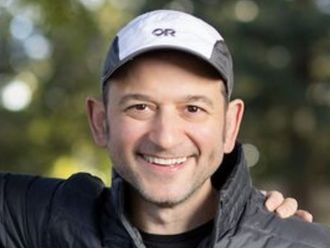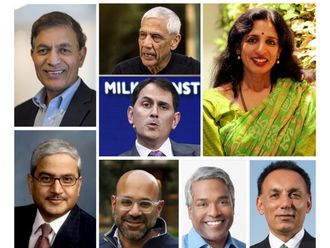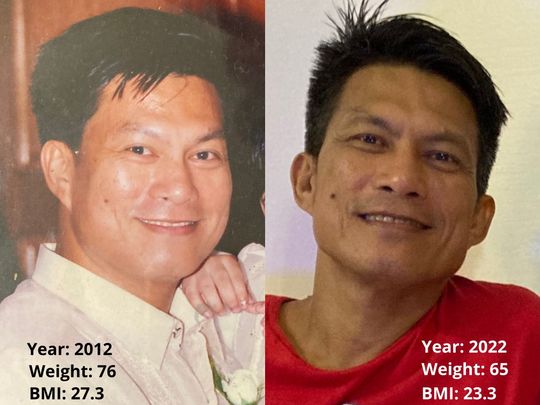
Highlights
- I'd been taking diabetes meds for 8 years, including a 500-mg dose per day combo of insulin-boosting Sitagliptin/Metformin before my doctor switched me to Glimepiride, another anti-diabetic medication.
- Controlling diabetes, bringing blood sugar down to normal levels, is possible, it turns out.
- Intermittent fasting and curbing carbohydrates intake played a significant role in this drive.
It’s past 3pm, Thursday, July 21, 2022. Our last meal, chopped cabbage smothered in Cheeze Whiz and Kewpie mayo, was about 10pm last night (Wednesday). So it’s been about 17 hours since my last food intake. This has been my daily routine, except on some "cheat" days.
It's my sixth month of following a low-carbohydrate (low-carb) intermittent fasting (LCIF) lifestyle.
My LCIF journey started around February 2022, upon my wife's diligent prodding. I weighed between 75 to 76kg then, though my ideal normal weight should have been 62 to 67kg.
My body mass index (BMI) then was 27.3 (at 76kg, considered “overweight”, the state I was in for most of my adult life). Thankfully, it’s down to 23.3 today (at 65kg), within the “normal” range.
This was helped in no small part by a low-carb life, coupled with intermittent fasting, alongside more aerobic exercise.
⚪ It is a useful, inexpensive screening method for weight category — underweight, healthy weight, overweight, and obesity.
⚪ While BMI does not measure body fat directly, it is moderately correlated with more direct measures of body fat, and is correlated with various metabolic and disease outcome as are the more direct measures of body fat.
So all these years, I knew I was overweight. But didn't feel a strong urge or need to do anything about it. I'd been taking diabetes meds for 8 years, including a 500-mg dose per day combo of insulin-boosting Sitagliptin/Metformin. Another doctor later switched me to Glimepiride, also an anti-diabetes medication.
Why did we go with LCIF?
A host of reasons. But our biggest “why” is health insurance. Among HMOs (health maintenance organisations), I learnt that most now shun people who list diabetes as a “pre-existing” condition. I don’t blame them. It's a chronic condition and deemed irreversible. Some insurers could still sign you up, but at sky-high rates (at >$2,000 a year).
Here’s another: The diabetes meds I was taking didn't seem to work, and my doctors simply ramped up the dose as the condition lingered, seemingly without hope for remission. I never tried a body weight reduction before, believing I never needed it, despite knowing my overweight status.
Since her own LCIF started, her weight had gone down to 76kg today. She is looking to cut it further by staying the course.

What we eat
Here’s a snapshot of a recent typical day meal:
10pm, Wednesday: Salad — just chopped cabbage really with Kewpie mayonnaise + Cheese Whiz.
8.30am, Thursday: Water, coffee (before trip to market and farm, planted seedlings of fruit trees).
3pm, Thursday: Light meal, sliced avocado (1); 2 eggs; and 10 chicken dumplings, coffee (no sugar).
On most days, we just stay on two-meals-a-day (TMAD), or one-meal-day (OMAD).

This morning, we passed by the local market before driving to the farm, about 7km away, where I transplanted some avocado and rambutan seedlings to my grandparents’ farm. It was good exercise alternative, and bonding time to mark a special day (our 15th wedding anniversary).
Typical meal | timings
2pm: Brunch
Water, brewed sugar-free coffee, sauteed cauliflower (fist-full) chicken adobo (3 pcs of chicken), vegetable spring roll (6 pcs), and apple cider vinegar dip (for spring roll).
6pm: Snack
Gelatin, with chia seeds, and multipurpose cream, water infused with lemon ("kalamansi").
8pm: Dinner:
3 medium-sized eggs with tomatoes, fried in coconut oil, tuna “picadillo” (2 pcs), fried fish (4 pcs), bottle gourd sautéed in ground beef (fist full)), water.
On most days, our food consists mainly of proteins (that is, meat, fish, eggs, walnuts and almond nuts) and loads of veggies. For coffee, we avoid sugar substitutes, and learnt to live with plain brew.
Low-carb journey, here’s what it meant:
> Less rice or no rice at (occassionally, we prepare low glycaemic-index rice).
> Less bread or no / pasta / noodles at all.
> Less or no sugar / honey / maple syrup.
The effect?
Here’s the long and short of it: Alongside leading an active life, LCIF actually brought my blood sugar down to normal levels (see video), where it was hitting above-normal before, despite the meds.
Just to clarify: we’re not on a hard-core “no carb”, or “zero carb” regimen — totally eliminating digestible carbs from our diet.
Carbs — they're found in grains, beans, legumes, fruits, vegetables, milk, yogurt, pasta, bread, and wheat-based baked goods — produce glucose, and are an important source of energy. But too much of it leads to problems (carbotoxicity). Glucose is so important, that as part of our body's magical inner workings, the liver supplies sugar (or glucose) by turning glycogen into glucose in a process called glycogenolysis.
Check with your doctor
We don’t advise this low-carb, intermittent fasting lifestyle for anyone: It’s best to check with your doctor first. That’s what we did with Dr Josephine Chua Rojo, a licensed medical practitioner, and a low-carb advocate, who organises LCIF "masterclasses".
We don’t go into the minutiae of counting caloric intake either. Here’s another disclaimer: We do allow for some "cheat days”, when we indulge in carb (pasta or pizza!) — maybe 4 to 5 day out of 30 days in a month.
But once you go on an LCIF path, or kicked the high-carb habit, you don’t want to lose your “gains” (or in my case, weight loss, a normal blood sugar level, and skipping my diabetes medication).
A normal weight goes a long way
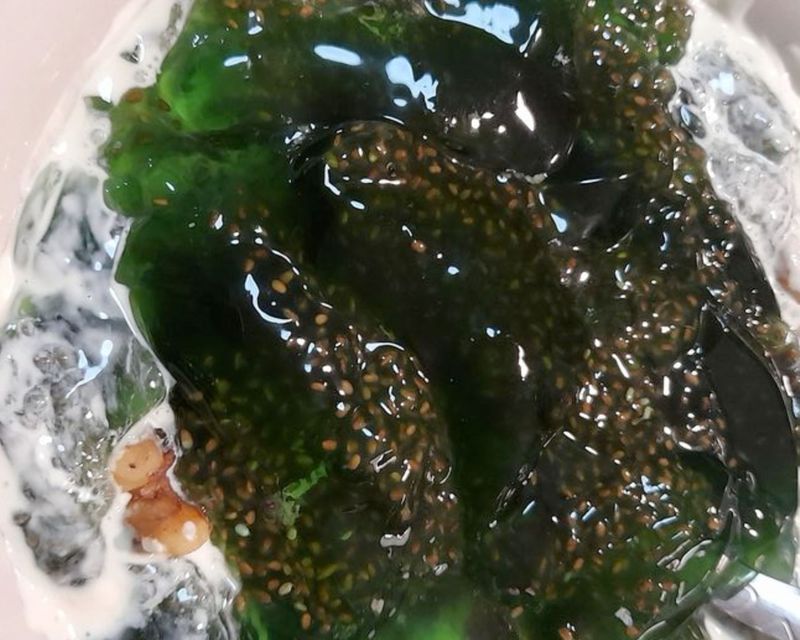
Obesity, a complex disease marked by excessive amount of body fat, is the scourge of modern times. But experts also say that almost any diet that helps you shed excess weight helps improve cholesterol and blood sugar levels.
I was not obese, but was overweight. I do remember my endocrinologist in the UAE getting upset with me — when I told him I was unable to resist my “usual” intake of rice and bread (which is to say, “unlimited” rice, especially at night.)
Can I go back to high-carb / eat-all-I-can life?
Our food choices, weight, blood sugar levels and overall health is totally up to us — they’re not the doctor’s responsibility. They can only give good advice.
From our experience, every expert we consulted were right on the money on LCIF, as it also boosts overall wellness.
It’s only now that I realised anti-diabetes meds won’t help much. If I overload on carbs and sweets like I've always done, with some compliance exercises, it was just a downward spiral into ill health from there.
Of course, we can opt to indulge in an anything-goes, high-carb diet. But now that we know better what works —and doesn't work — the choice is entirely up to us.
Carb substitutes for wheat flour-based baking?
There are a number of them available online (also check your local supermarket).
For example:
Wheat or rice substitutes:
> Coconut flour
> Almond flour
> Psyllium husk
> Low glycaemic-index (GI) rice (eat only in moderation)
Table sugar substitutes:
> Stevia
> Xylitol
> Erythritol
Foods to eat and avoid
In a low-carb diet, most of the calories should come from healthful, natural sources, including:
> Vegetables
> Lean protein, such as eggs, fish, nuts (almonds & walnuts)
> Good fats, such as olives or avocados
> Fruit (in moderation)
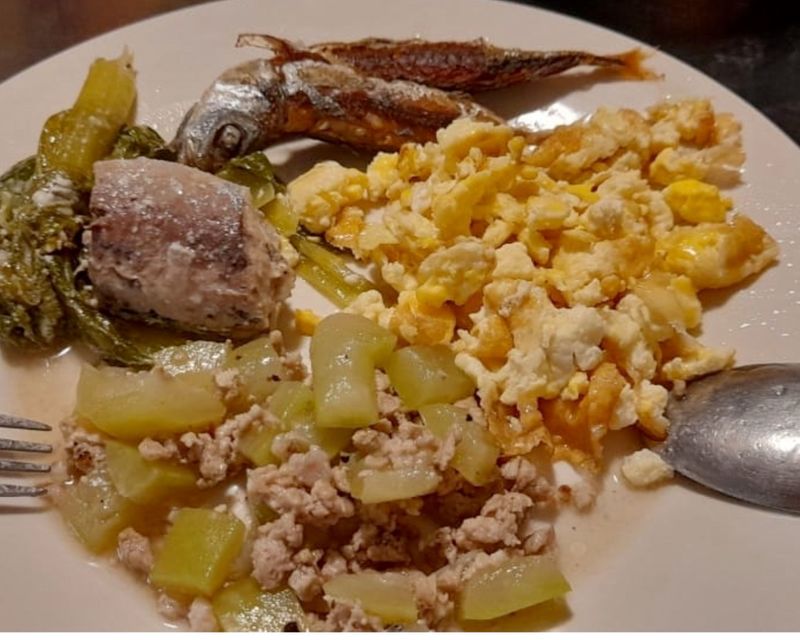
[Once clear of inflammation, and reversal of illness is achieved, our LCIF coach told us that it's OK to indulge our cravings once in a while.]
Very-low-carb diet
People going for a very low-carb diet also limit fruit intake since fruit also contains fructose, a kind of sugar (sweet carb) — though most people consider fruit is a better substitute for sugary snacks and processed foods.
Low-carb, healthy diet suggests limiting intake of the following:
> Processed foods (prepackaged meals and salty snacks) and seasoning
> Sugar-rich foods (cakes, candies, pastries, cookies, sodas, and juices)
> Starches (esp white bread or bagels)
> Potatoes, including potato chips
> Other starchy vegetables (sweet potato, taro, cassava)
> White pasta
> Whole-grain bread, lentils, and beans are also high in carbs (but they can be an important part of a healthful diet). These may be eaten only moderation or as a substitute for unhealthful carbs, such as cakes and pies.
Meal plan
Some simple ideas for our meals include:
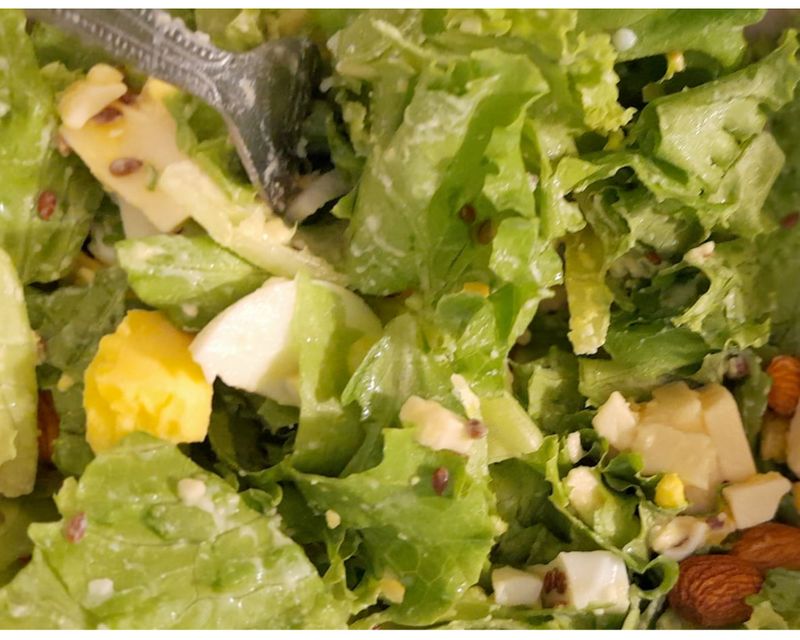
Breakfast:
> Hard-boiled eggs
> Low-sodium cottage cheese
> Sliced avocados
> Fiber-rich smoothies with avocado, frozen berries, and
> Low-fat yogurt
> Eggs and vegetables fried in coconut oil
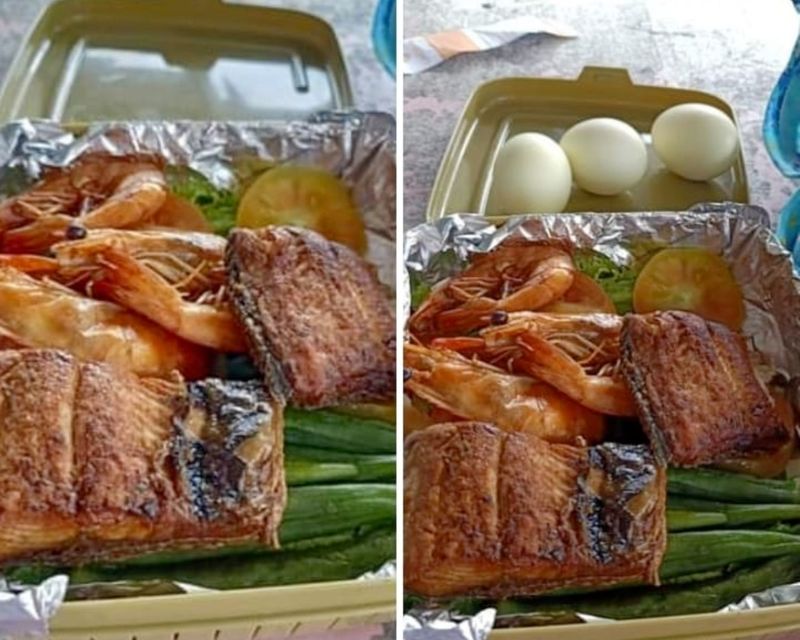
Lunch and dinner:
> Baked or grilled chicken
> Cauliflower rice with vegetables
> Salmon
> Salad with toasted nuts
> Zucchini noodles
> Bunless hamburgers or cheeseburgers
> Pizza with a cauliflower crust
> Chicken stuffed with vegetables and cheese
> Tuna, including packaged tuna and tuna steaks
> Eggplant lasagna
Snacks
> Nuts | Fruit (in moderation)
> Hummus and vegetables
> String cheese
> Beef jerky
> Olives
> Kale chips
> Sardines
Exercises
In terms of exercise, I use my own body weight for resistance training — through chair dips, inclined pushups, Belgian split squats, among others.
These are moderate aerobic body-weight training exercises. Combined with LCIF, I found them to be an effective way of strength training. I try to stick to a 150-minute-a-week exercise.
So can LCIF really reverse Type 2 diabetes?
Apparently it can. Or I should be stocking up metformin till today.
Renowned UAE-based bariatric surgery specialist Dr Samir Rahmani did explain in this article the possibility of reversing diabetes and the role LCIF could play in it.
Note: This is not a medical advice. Check with your doctor first if you plan to go on a low-carb, intermittent fasting regimen.


